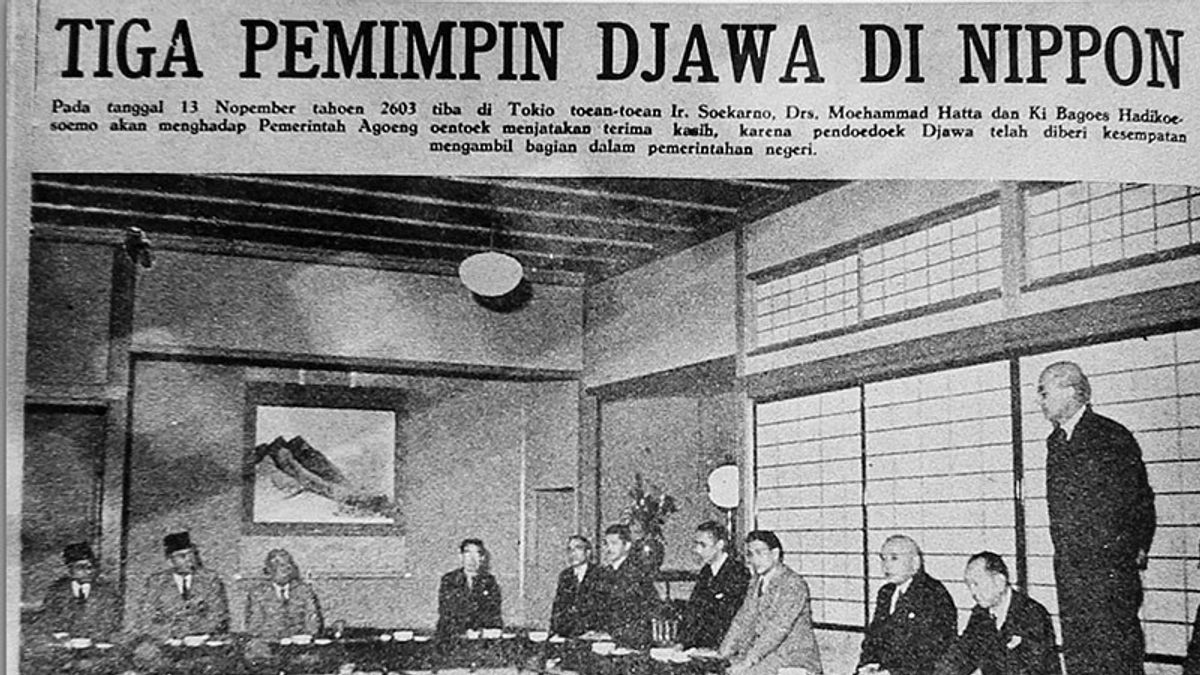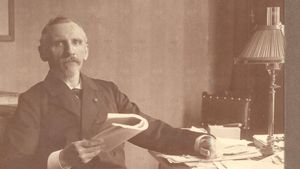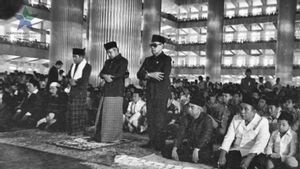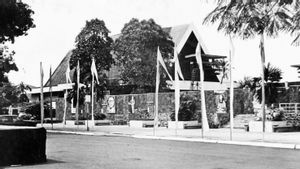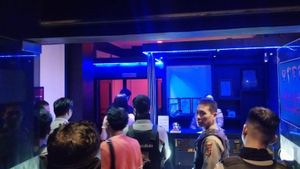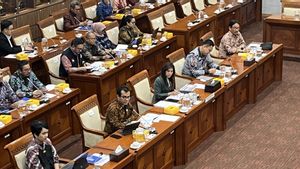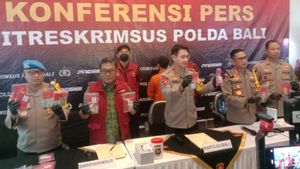JAKARTA – Today's history, 79 years ago, on November 14, 1943, the Japanese colonialists invited the leaders of the natives to take a walk around Tokyo. The leader of the bumiputras was represented by Soekarno, Mohammad Hatta, and Ki Bagus Hadikoesoemo.
They are considered official state guests. Japan acknowledged the existence of Soekarno and Ki Bagus Hadikoesoemo as leaders of the Bumiputras. While Hatta came to Japan with his own mission. He studied Japanese values. Known as Nippon Sheishin.
The presence of Japan brought a great influence on the history of the nation. They arrived like saviors. The Dutch colonizers were expelled. Especially Europeans. The white people were trampled underfoot. The Dutch also raised the degree of the natives as hosts in their own country.
Those in power tried to embrace the leader of the bumiputras. The People's Power Center Organization (Putera) is the focus. The organization is a space for famous national figures to work. Soekarno, Hatta, Ki Hajar Dewantara, and Kiai Haji Mas Mansyur were the leaders.
The four are also known as the quadrilateral. Putera's duties were considered, among other things, as a Japanese tool to garner support for war interests. However, reality says otherwise. Putera actually lasts to be the mouthpiece of the nationalists to liberate the nation. Alias, Putera became the political vehicle of the bumiputras.

Japan also said that they were happy with Putera's presence. They considered Putera's presence to be quite effective. Even though they don't realize what the nation's leaders are actually planning through the hands of Putera.
"Meanwhile, for nationalist leaders, Putera is primarily a means of spreading and initiating nationalist ideas among the people and seeking an agreement made with Japan that leads to self-government."
"Putera's next significance to nationalist leaders, although this one is less important, is as an organization dedicated to aiding Japan's war goals, but only the bare minimum necessary to achieve long-term nationalist goals," said Historian George McTurnan Kahin in the book Nasionalisme dan Revolusi Indonesia (2013).
It was the role of the nation's leader in Putera that attracted Emperor Hirohito. He directly invited two nationalists representing Bumiputeras to Japan. First, a figure that can ignite enthusiasm: Soekarno. Second, an influential Islamic figure: Ki Bagus Hadikoesoemo.
However, due to the influence of the Gunseikan (leaders of the Japanese military government in Nusantara), Hatta was included in it. The three were accepted by Hirohito and awarded the Imperial Star of the Sacred Jewel in Tokyo, on November 13, 1943.

The day after, or November 14, 1943, the Japanese then took the three of them for a walk around Tokyo. They visited many places. Meiji and Yasakuni Shrine are some of them. The trip proved that the three were important guests for Japan.
"At the meeting with Gunseikan, he told me my assignment, even though we were traveling with Soekarno and Ki Bagus Hadikoesoemo, was different from the task of the two of them. They were sent there at Tokyo's request. But I was sent there at his request to carry out an assignment, namely to study Nippon Sheishin, so that I would write a book about it that the people could study after returning to Java.”
“So, he said, you were sent there on my charge. All your actions that are different from the duties assigned to you, I will be held accountable. Sir, don't talk about anything other than what was assigned to you," said Bung Hatta in the book Mohammad Hatta: Memoir (1979).
SEE ALSO:
The English, Chinese, Japanese, Arabic, and French versions are automatically generated by the AI. So there may still be inaccuracies in translating, please always see Indonesian as our main language. (system supported by DigitalSiber.id)
